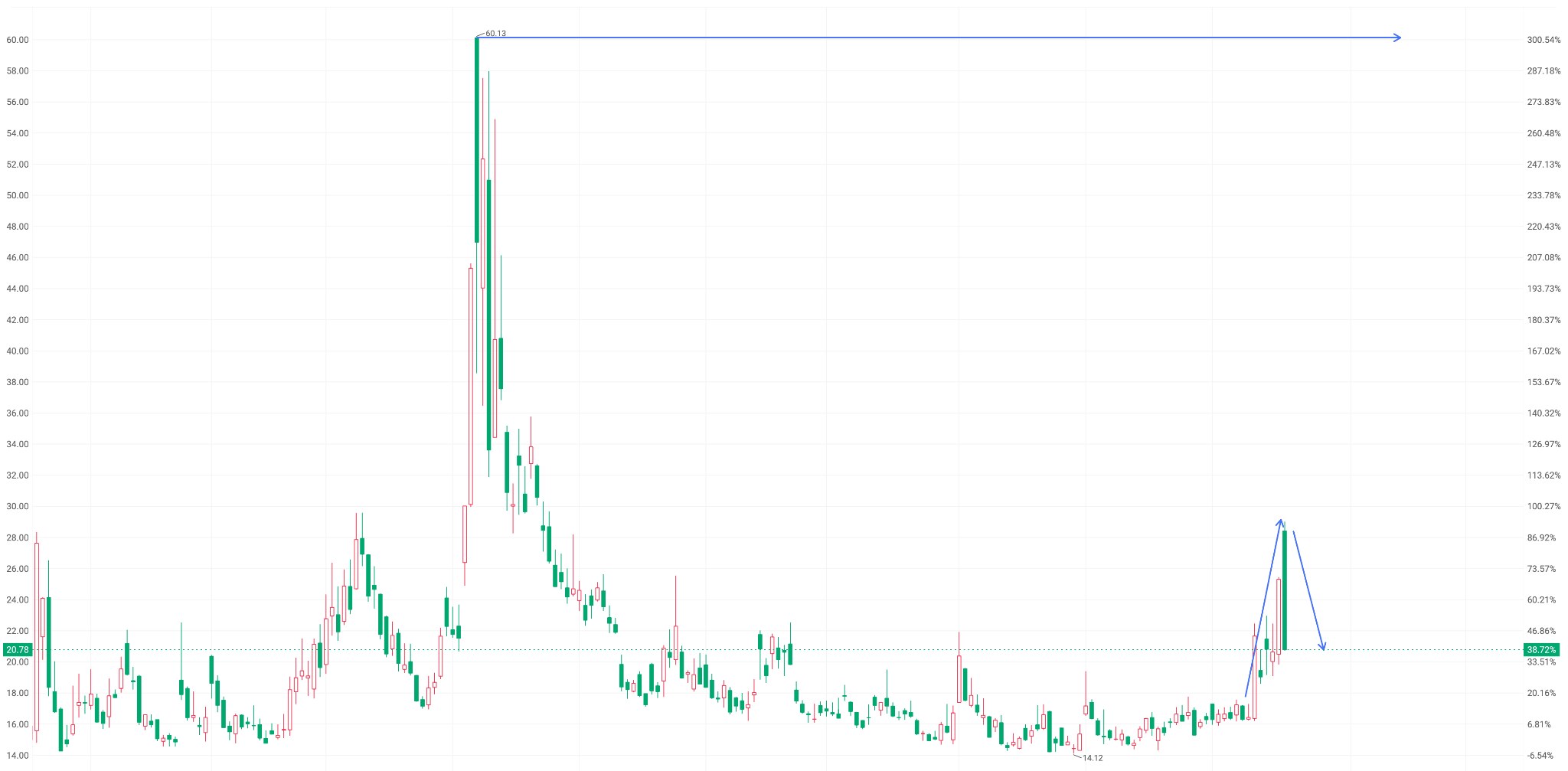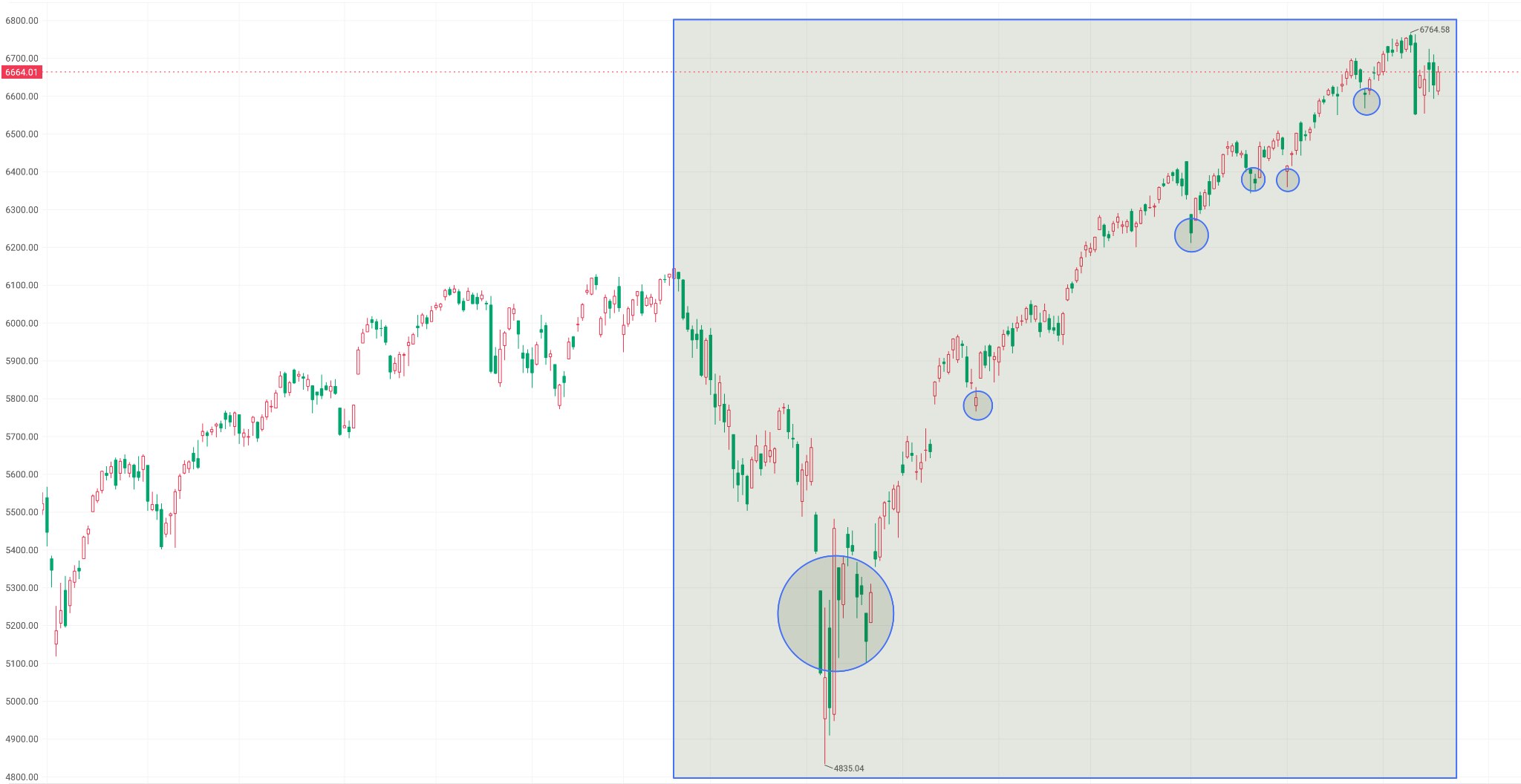Volatility Index Plunges — Could the April “Golden Dip” Rally Repeat?

TradingKey - The U.S. stock market is seeing another sharp swing in the VIX index, reigniting volatility last seen in April. Escalating concerns over U.S.-China tariffs, AI stock valuations, and recent turmoil in regional banking are among the key drivers behind this turbulence.

Source: .VIX S&P 500 Volatility Index
The current VIX surge and retreat bear a striking resemblance to the pattern observed in April. Back then, the spike was triggered by former President Trump’s threats of broad global tariffs. Today, however, investor anxiety centers more on the potential bursting of the AI investment bubble than trade policy alone.
-5a8af5563a124fbbabe782312e08eed7.jpg)
Since April, major players in the U.S. AI supply chain have posted massive gains. NVIDIA (NVDA) shares surged from a low of $94.31 to $183.22, briefly touching $192.57 in intraday trading, with its market cap repeatedly breaching the $4.5 trillion mark.
Lisa Shalett, Chief Investment Officer at Morgan Stanley Wealth Management, said: “We’ve been hoping for some pullback,” adding that any correction would likely be “short-lived and shallow” — creating an ideal opportunity for investors to buy the dip. As early as July, she told Bloomberg the market could see a 5% to 10% pullback due to tariff risks.

Looking back at the S&P 500, every major spike in the VIX has historically been followed by a significant market rebound — turning sharp sell-offs into what many now call “golden buying opportunities.” Dipping into the market during periods of peak fear has become a proven strategy, consistently delivering strong returns for disciplined investors.
Wall Street Weighs In
Matt Wittmer, Portfolio Manager at Allspring Global Investments, recently said his firm remains overweight in financial stocks like JPMorgan Chase and Citigroup, and has largely held its positions steady despite the recent market jitters.
Goldman Sachs analysts noted in a research report:“We believe solid earnings growth, Fed rate cuts without a recession, and globally accommodative fiscal policies will continue to support equity markets.”




-cf2d64246507436b9c1b84e5d824bbdb.jpg)


-f8d64d3844fb416dac43dbc6861db8ff.jpg)
